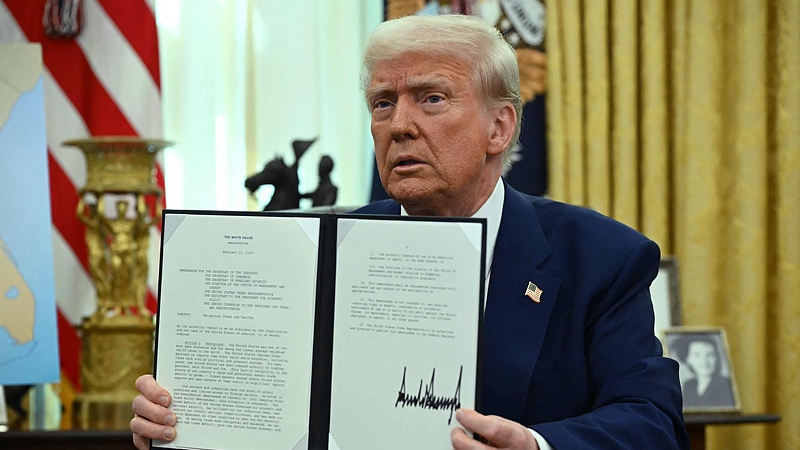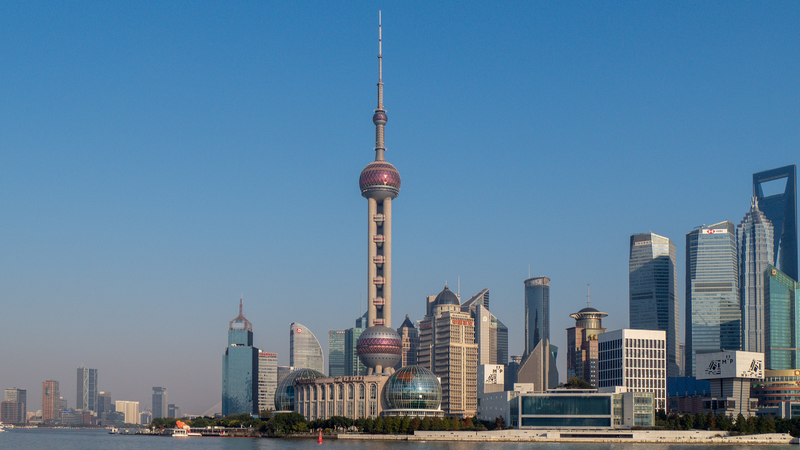On April 2, a day dubbed "Liberation Day" by U.S. President Donald Trump, all eyes will be on his bold move to implement reciprocal tariffs. The idea is simple: if another country charges a tariff on American goods, the U.S. will charge the exact same rate back. But when it comes to details, things get complicated! 😮
The proposed measure would require nearly 930,000 discrete tariff assessments across about 5,000 product categories spanning 186 countries and regions. Previously, Trump’s economics adviser, Kevin Hassett, focused on only a handful of countries with the worst trade imbalances. Now, a universal application is on the table, signaling a major shift in trade strategy.
Experts warn that these tariffs could impose staggering costs on U.S. consumers and businesses—estimates suggest an initial impact of $26.3 to $34.5 billion in costs, possibly even more when accounting for value-added taxes. Goldman Sachs has raised its 12-month recession probability to 35% and lowered the U.S. GDP growth forecast for 2025 from 2.0% to 1.5%.
On the international front, projections show that the U.S. average tariff rate could surge from 2.5% in 2024 to a post-WWII high of 8.4% in 2025. Some analysts even draw parallels to the Smoot-Hawley Tariff Act of 1930, which many believe worsened the Great Depression.
Tu Xinquan, director at the China Institute for WTO Studies in Beijing, cautioned that such forced adjustments in global supply chains could send shockwaves through both U.S. and international markets. This dramatic policy move feels like a real-life blockbuster thriller—only the stakes are billions of dollars and the future of global trade! 🚨
As April 2 approaches, the world watches closely: Will Trump's tariff tactics revive American manufacturing, or could they ignite a full-blown global trade war? Only time will tell.
Reference(s):
'Liberation Day' or trade war ground zero? Decoding Trump's tariffs
cgtn.com




